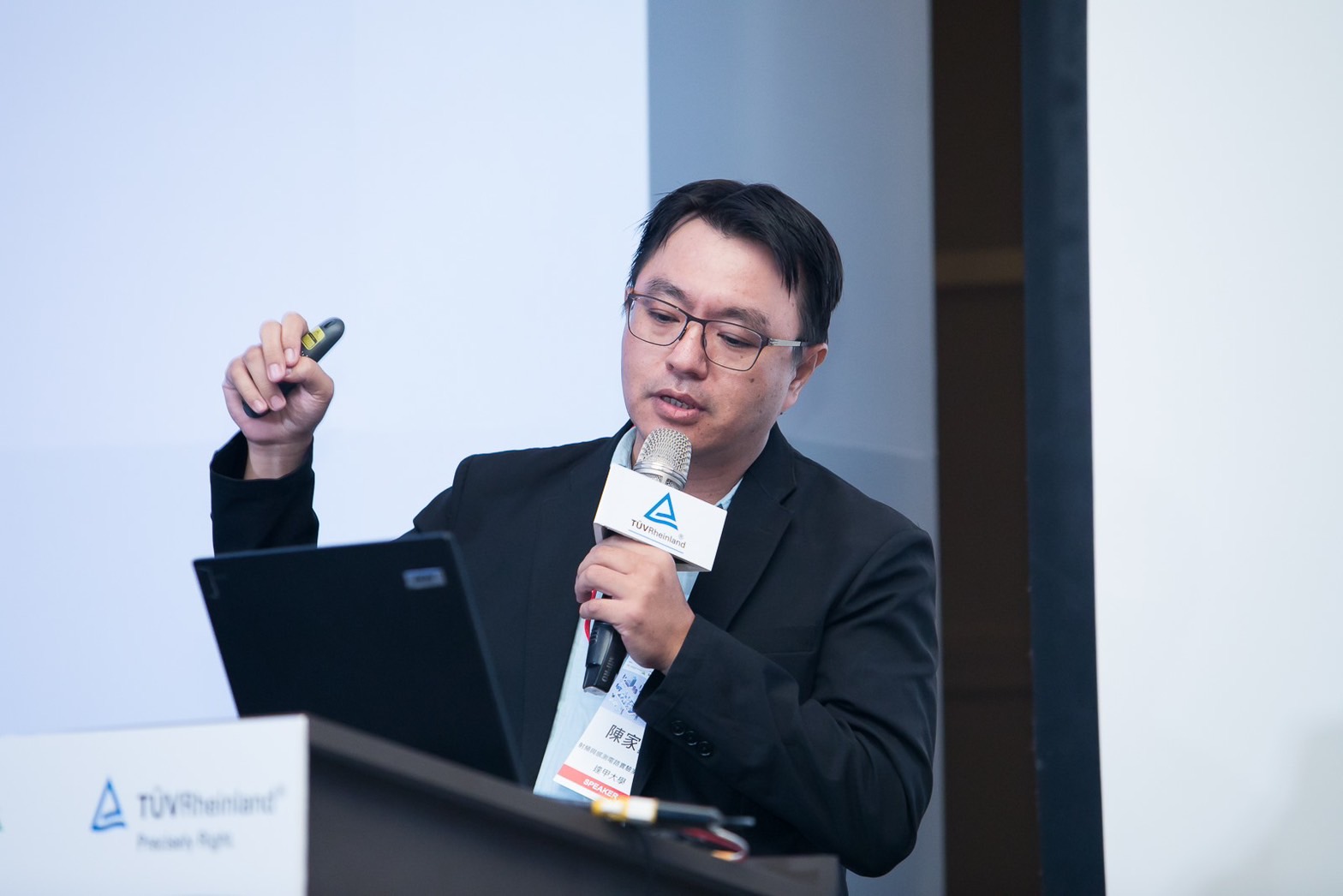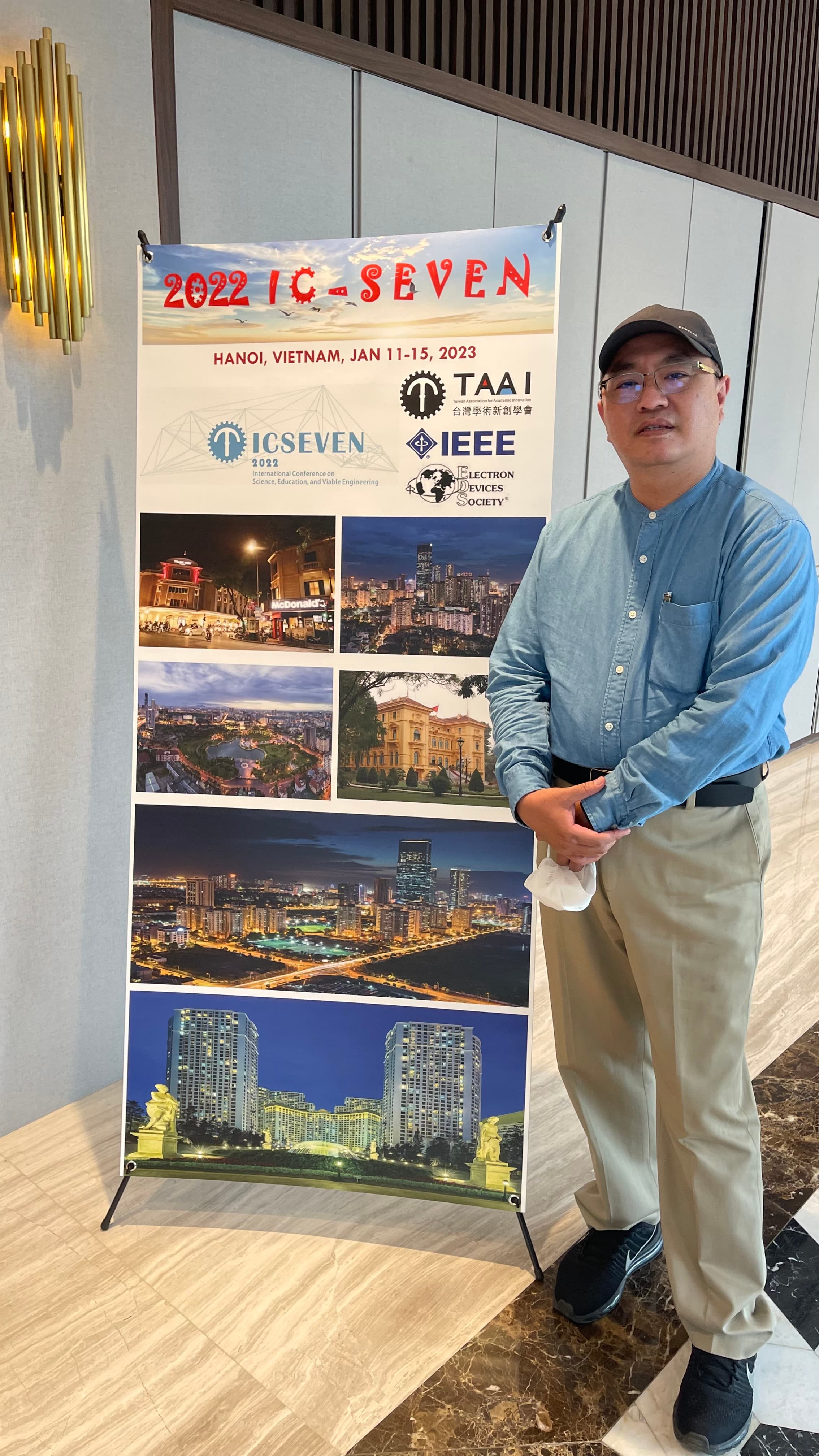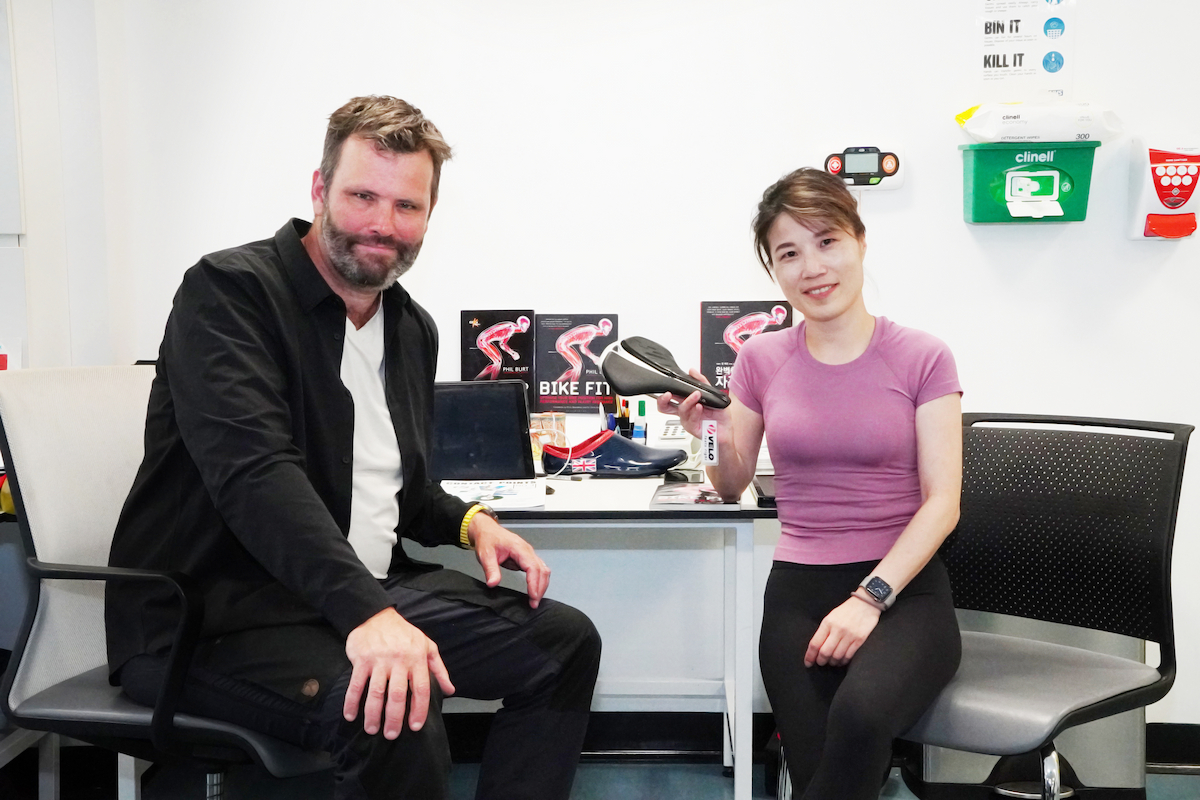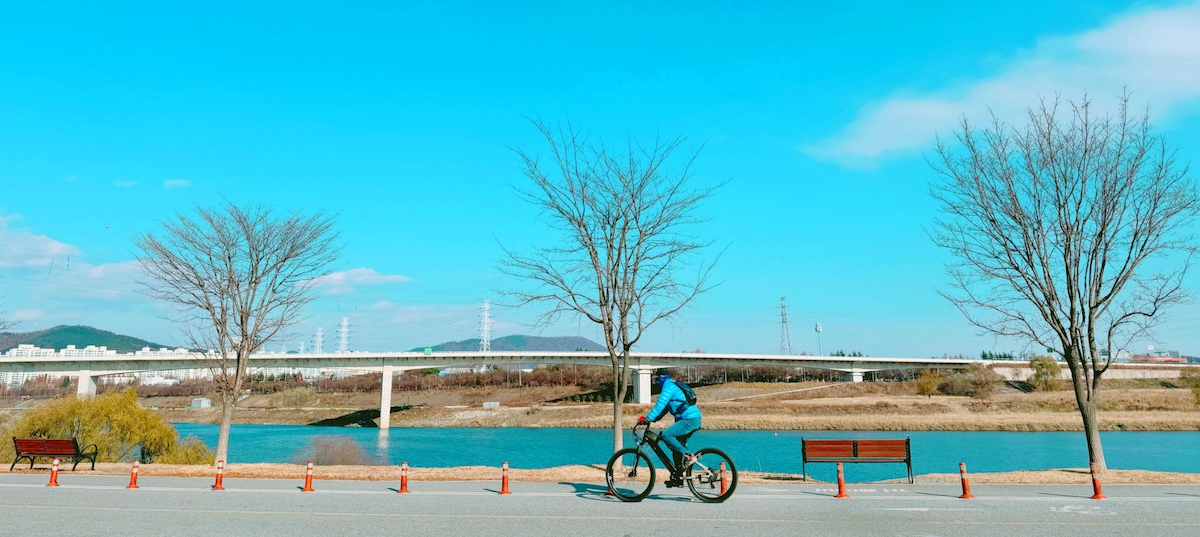With the advent of ChatGPT, an AI application that transcends boundaries, it has significantly impacted virtually every aspect of people’s daily lives. Given this scenario, what can we anticipate for the future of smart cycling?
Creativity and demand have propelled Velo's constant innovation, with a strong emphasis on reducing carbon emissions as one of its top priorities. Among these, the Angel Revo which won the Taipei Cycle d&i Award 2023 is the best example. It utilizes the latest eco-friendly materials and production processes to minimize environmental impact.

Overheard at almost every industry function has been “What will be the next innovation? What does the future entail?” “Are heated saddles possible? Will smart saddles have more functionalities?” are just two examples from the ever-growing wish list that customers gave to Ann Chen, Vice President of Velo. With this in mind, Ann brainstormed with the Associate Professor of Communications Engineering, Feng Chia University, Ja-hao, Chen to delineate the possibility of the future saddle.
To be smarter, more humanistic, and multi-functional is the major direction of AI technology applications in the future. Professor Chen explained that as the science of interacting and transforming data via the internet, communications engineering could be the basis of many Kinesiology applications. By the same token, the future smart saddle can be the best tool for real-time data interaction and transformation.

Heated seats have been a popular option in luxury cars for decades since installing heating chips under the seat cover is not difficult. But Velo wants to bring it further to make it smarter, more humanistic, and more multi-functional. When a cyclist’s physical condition and the environment such as the length of a ride, varied terrain, and body temperature are taken into consideration, it could help to regulate the temperature of the saddle.
Professor Chen further elucidated this concept with his current research project, a real-time apparatus to monitor the effect of earthquakes on bridges. “Upon earthquake, we can access the data recorded on the gyroscopes and accelerators installed on bridges from the application on our smart phones. In addition to sounding warning sirens, this data can also be utilized for conducting additional simulations.”

Similarly, Professor Chen explained, that if we install gyroscopes and accelerators as well as electrical circuits and microcontrollers, we can monitor a cyclist’s data points such as speed, directions, front wheel rotation, rear wheel rotation, angles of the wheels, pressures on the saddle, etc. By analyzing all the data collected during cycling plus the basic information including rider’s height, weight, and heart rate, one can understand their riding situations and make immediate appropriate adjustments to perform better. When integrated with an AI application, it can act as a personal AI trainer and/or bike fitter, offering suggestions throughout a ride in real-time! From the perspective of a smart, humanistic, and multifunctional saddle, the future can offer various possibilities promising a whole new cycling experience!

